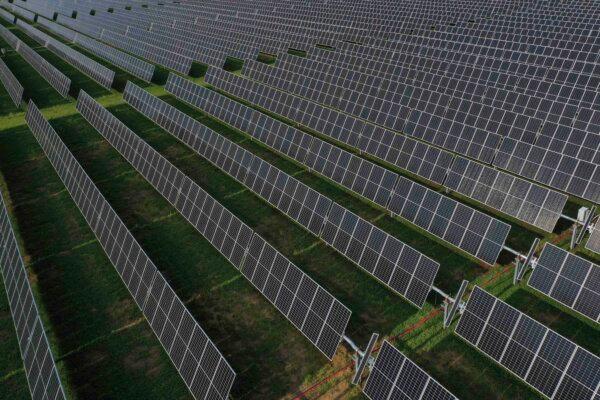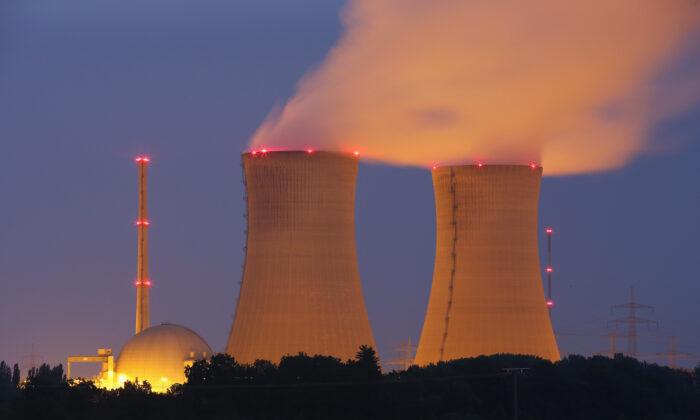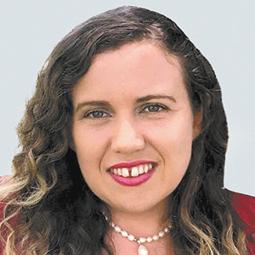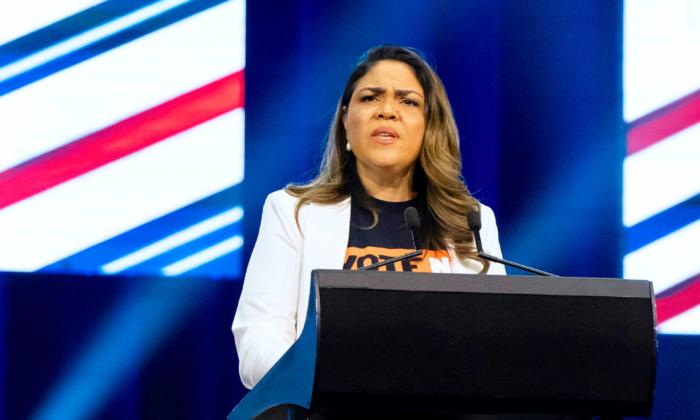The South Burnett region sits on Queensland’s Great Dividing Range, three hours west from the capital of Brisbane.
It is known for its agricultural industries including peanut farms and wineries, its quiet lifestyle, and postcard-perfect views.
But the region has also become a hub for renewables in recent years and the local government says it feels powerless to do anything to stop the surge.
Tarong, which sits within the South Burnett region, is one of the sites earmarked for a possible nuclear reactor if Opposition Leader Peter Dutton is elected prime minister in the next federal election.
Mayor Kathy Duff has welcomed the discussion on nuclear, saying she feels like there is a double standard when it comes to the environment and renewables.
The region already supports wind and solar farms, with a battery farm on the way.
“It is a big concern, because we’re told that trees and koala habitat matter, and now it seems you can push everything down and put up a solar farm wherever you want,” Ms. Duff told The Epoch Times.
The regional mayor says if someone owns a farm and their neighbour sells up, they could be living next door to a renewables hub with little say over it.
It’s something she says is tearing the community apart.
Ms. Duff considers solar, wind, and battery farms as heavy industry, but has no control over where they go despite the council having a detailed zoning plan to ensure the community’s comfort.
When the council attempted a motion for a moratorium on a solar farm outside the town of Kingaroy, it lost in the Queensland’s Planning and Environment Court.
“I believe our community deserves to have a look at other options,” she said.
Ms. Duff said the council was pleased to have been chosen as a nuclear site, because it was worth looking into.
If the locals don’t want it, the council won’t support it, she says, but if it’s something they want, there’s merit in the discussion.
Ms. Duff says it’s worth investigating the job opportunities in the region with nuclear, which she thinks will offer more positions than renewables.
“I believe the time [between the idea and possible planning stages] gives us the opportunity to have a good look at it to see if it’s safe and good for our community,” she said.
Nanango LNP MP Deb Frecklington and Queensland Opposition Leader David Crisafulli have both stated nuclear energy was not within their plan for the state.
Ms. Frecklington, whose electorate is in the South Burnett region, says the issue is one for the federal Coalition, but from a state LNP perspective, it is not part of the plan.
Farming and Winery Hub Becoming a Maze of Renewables
Renewables are changing the landscape in the South Burnett, according to Ms. Duff, with projects all over the region.A sea of black panels covers about 118 hectares, with the devices said to last from 30 to 50 years.
The solar farm is just one kilometre east of the main town of Kingaroy at the junction of the D'Aguilar and Bunya highways.

An additional 673-hectare solar site has been earmarked by Tumuruu Solar for Blackbutt, which says the land had once been used for cattle grazing and was later found to have insufficient soil for crops.
The 453-megawatt Coopers Gap Wind Farm is located 50 kilometres from Kingaroy, and until December 2010, was the largest wind farm in Australia.
The wind farm holds 123 turbines and is powering around 232,000 homes.
Victorian renewable energy company Akaysha has plans in the pipeline for a battery energy storage system at Ellesmere in the South Burnett region.
The farm will store energy from wind and solar farms, feeding power into Ergon’s Halys Substation. It sits on “B-grade” farmland, according to the group behind its construction.
According to Akaysha, the battery farm will use Lithium iron Phosphate cell technology which is less expensive and safer than lithium-ion technology.
Another battery farm is being built by Stanwell at Targon to catch energy from the Tarong West Wind Farm.







